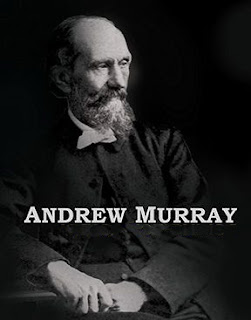This chapter is divided into eight sections, and is the last chapter dealing with the history of Calvinism. Beginning with chapter twenty, the author deals with the Theology of Calvinism.
“For the first fifteen hundred years of its history, Christianity was confined mainly to parts of the Middle East, Northern Africa, and Europe. Starting with the Reformation it began to spread to America, then in the nineteenth century Missionary Movement it grew slowly around the world. But it really went international in the 20th century. Wherever Christianity went, Calvinism also went.”
The Netherlands. Eleven paragraphs. Very little in this subsection would be of much interest to most Baptist pastors in the United States.
France. Two paragraphs. None of the names mentioned in this subsection are familiar to me.
Miscellaneous Europe. Four paragraphs. The Reformed faith is almost extinct in Switzerland. Pockets of Calvinism continue in Eastern Europe, especially Hungary. There are a few Reformed groups in Italy, mainly due to the remembrance of Peter Martyr Vermigli and the Waldenses, who still survive. There are only tiny Reformed communities in Spain and even fewer in Greece. Calvinism has grown slowly in Russia and some of the former Soviet nations.
Canada. Four paragraphs. W. H. Griffith Thomas
and J. I. Packer
are Reformed leaders who came from Britain to Canada. D. A. Carson,
Michael A. G. Haykin,
and John T. McNeil are Canadian Calvinists who migrated to the USA. Arnold Gallimore was an obscure Canadian Baptist pastor who wrote popular biographies of Spurgeon, Edward Irving, Charles Wesley, Susanna Wesley, and the highly acclaimed biography of George Whitfield. T. T. Shields,
sometimes called “The Spurgeon of Canada,” was a staunch Calvinist Baptist fundamentalist.
South Africa. Six paragraphs. Calvinism came to South Africa from the Netherlands and the United Kingdom. The first internationally known South African Calvinist was Andrew Murray,
originally from Scotland. Sadly, as was the case in the southern United States, Calvinists in South Africa supported apartheid. Calvinism is still very much alive in South Africa.
Australia and New Zealand. Two paragraphs. The only men’s names I recognize in this portion of the chapter are well known New Testament scholar Leon Morris,
whose commentaries I enjoy, and Arthur W. Pink, who lived there for a short time.
The Far East. Five paragraphs. There is some Calvinism in Singapore and Indonesia, the result of it having been a Dutch colony. Robert Morrison and John Livingston Nevius
were early Calvinist missionaries in China. Calvinism flourishes more in South Korea than in other Far East countries. About 25% of South Korea is Christian, of which Presbyterianism is the largest sector.
Conclusion. Mention
is made of Calvinism in Brazil and Mexico, as well as in churches in Africa.








